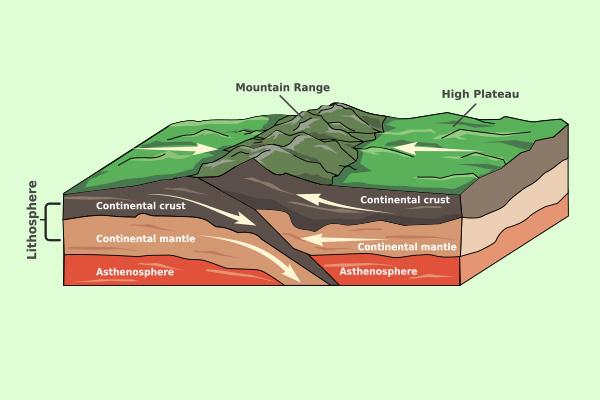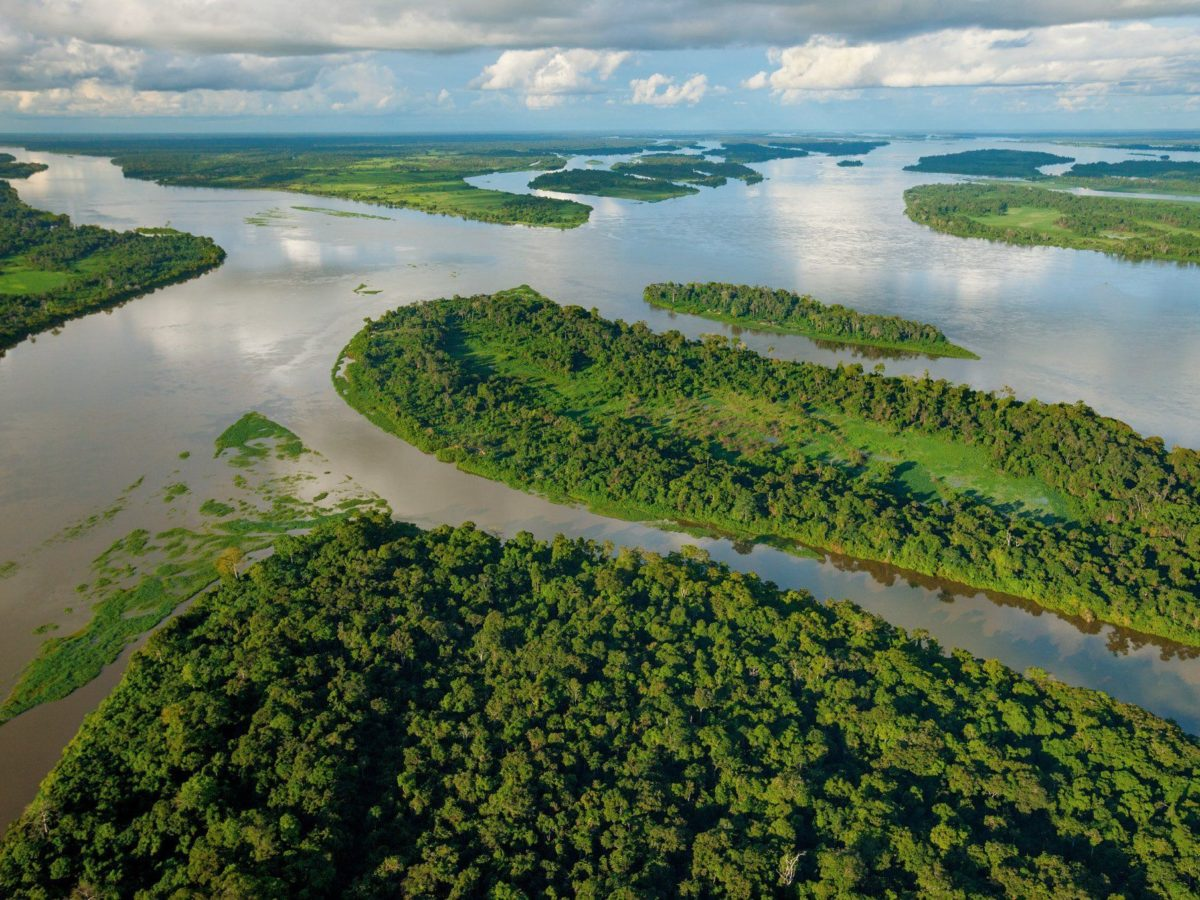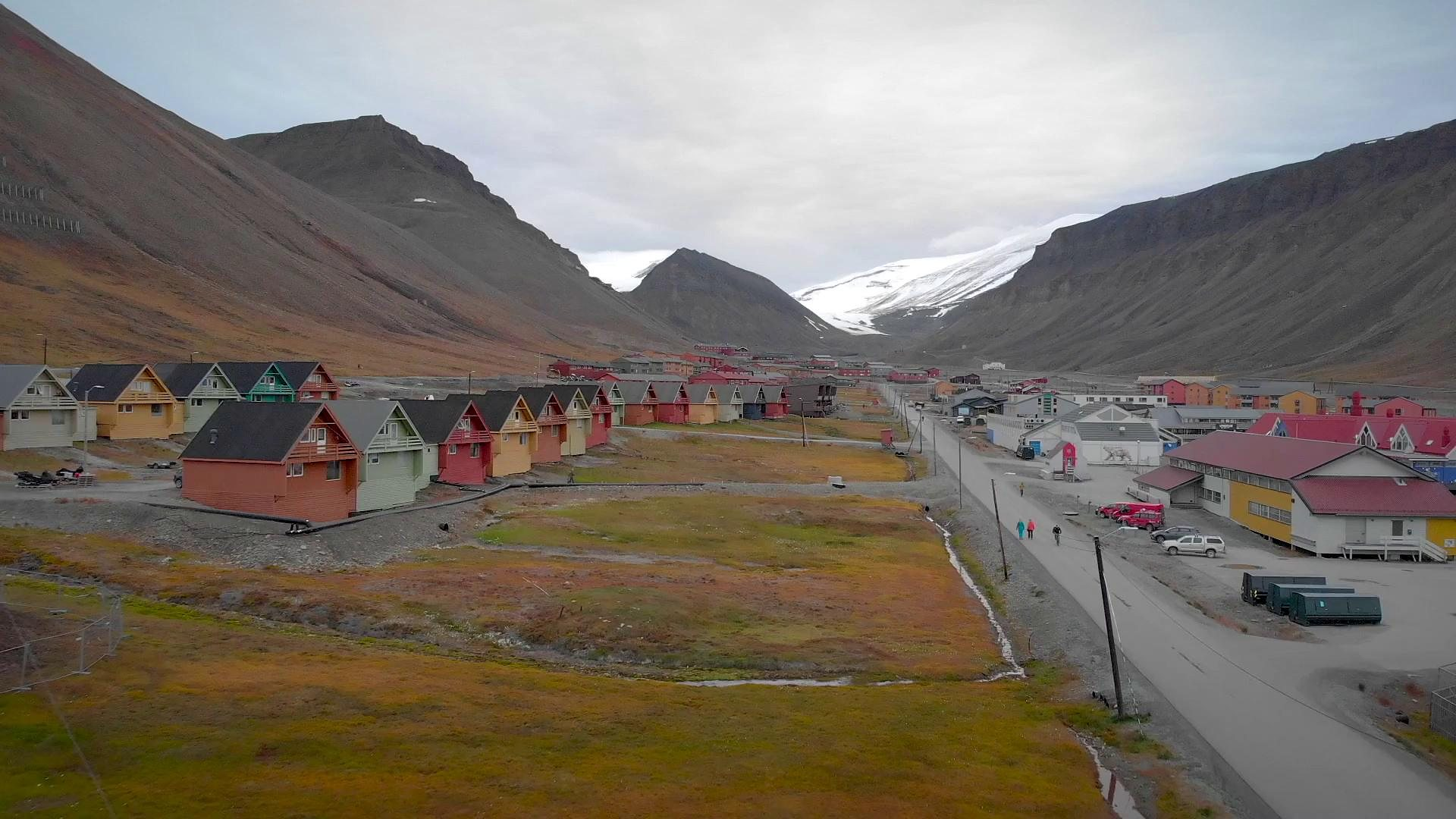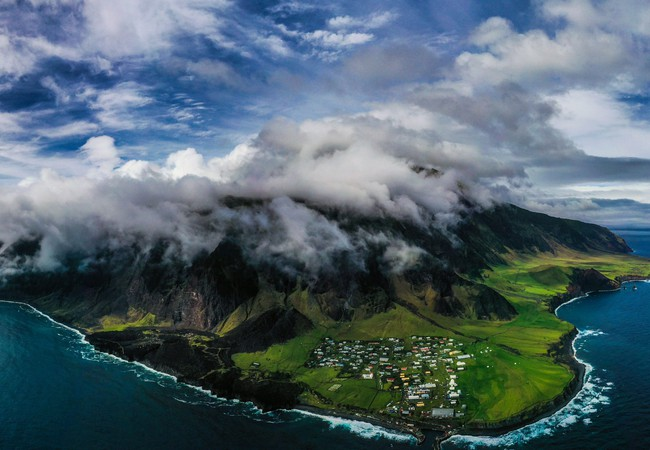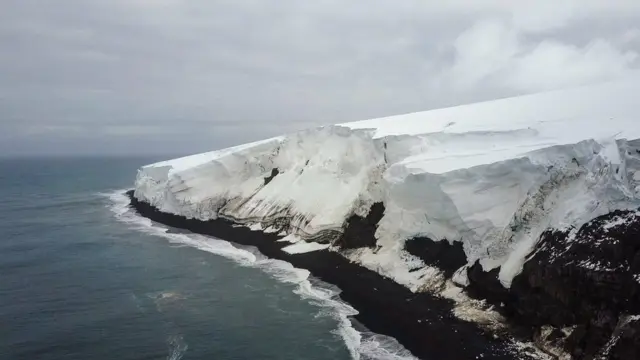solsticeuniversity.com – Earthquakes are among the most powerful and destructive natural events on Earth. They occur when there is a sudden release of energy within the Earth’s crust, resulting in seismic waves that cause the ground to shake. But what exactly causes these catastrophic events? In this article, we will explore the scientific processes behind the formation of earthquakes.
1. Tectonic Plate Movements
The Earth’s outer layer, the lithosphere, is divided into large, rigid pieces known as tectonic plates. These plates float on the more fluid asthenosphere, a semi-molten layer beneath them. The movement of these tectonic plates is driven by convection currents in the mantle caused by heat from the Earth’s core. As the plates move, they interact with each other at plate boundaries, creating stress along faults (fractures in the Earth’s crust).
There are three primary types of plate boundaries:
- Convergent Boundaries: Where two plates collide. This can result in subduction, where one plate is forced beneath the other, or continental collision, forming mountain ranges.
- Divergent Boundaries: Where two plates move apart, allowing magma to rise and create new crust, typically seen in mid-ocean ridges.
- Transform Boundaries: Where plates slide horizontally past each other, causing friction and stress at the fault lines.
2. Stress and Strain Accumulation
As tectonic plates move, they do not glide smoothly; friction between them causes stress to build up over time. The rocks along plate boundaries may deform as they are subjected to this stress, storing potential energy. This energy accumulates until the rocks can no longer withstand the pressure.
When the stress exceeds the strength of the rocks, they suddenly fracture, releasing the stored energy in the form of seismic waves. This sudden release of energy causes an earthquake.
3. The Fault Line and Earthquake Focus
Most earthquakes occur along fault lines, which are fractures or zones of weakness in the Earth’s crust where two tectonic plates meet. The point where the earthquake originates beneath the Earth’s surface is called the focus (or hypocenter). The point on the surface directly above the focus is known as the epicenter.
There are several types of faults based on the movement of the plates:
- Normal Faults: Occur due to extensional forces where one block of rock moves down relative to another.
- Reverse or Thrust Faults: Occur due to compressional forces, where one block of rock is pushed up over another.
- Strike-Slip Faults: Occur when plates slide horizontally past each other due to shear forces.
The movement along these faults can range from small, imperceptible tremors to large-scale, devastating earthquakes.
4. Seismic Waves and Ground Shaking
When an earthquake occurs, the sudden release of energy creates seismic waves that travel through the Earth. These waves are responsible for the ground shaking that we feel during an earthquake. There are two primary types of seismic waves:
- P-Waves (Primary Waves): These are compressional waves that travel the fastest through the Earth. They are the first to be detected by seismographs and cause initial vibrations.
- S-Waves (Secondary Waves): These are shear waves that travel slower than P-waves and are responsible for the more intense shaking felt during an earthquake. S-waves move the ground up and down or side to side.
These waves propagate through different layers of the Earth, but S-waves cannot travel through liquids, which is why they do not reach the Earth’s outer core.
5. Magnitude and Intensity
The magnitude of an earthquake measures the total energy released at the source and is quantified by instruments such as the Richter scale or the Moment Magnitude Scale (Mw). Magnitudes above 7.0 are considered major earthquakes capable of causing widespread destruction.
The intensity of an earthquake, measured by the Modified Mercalli Intensity Scale, describes the impact and effects of the earthquake on people, buildings, and the landscape. Intensity can vary depending on the proximity to the epicenter, local building structures, and the depth of the earthquake.
6. Aftershocks and Foreshocks
After the main event of an earthquake, the affected area often experiences smaller tremors known as aftershocks. These are typically less powerful than the main earthquake but can still cause significant damage, as the Earth adjusts to the new stress distribution. In some cases, small foreshocks may precede the main earthquake, though this is not always the case.
7. Other Causes of Earthquakes
While tectonic activity is the primary cause of most earthquakes, other factors can also trigger seismic events:
- Volcanic Activity: Earthquakes often accompany volcanic eruptions as magma moves beneath the Earth’s crust, creating pressure and causing fractures.
- Human Activity: Activities like mining, large-scale reservoir-induced seismicity (due to the filling of dams), and hydraulic fracturing (fracking) can induce small earthquakes.
8. Conclusion
Earthquakes are a natural result of the dynamic forces at play within the Earth’s lithosphere. The movement of tectonic plates and the accumulation of stress along faults are the primary causes of these seismic events. Understanding the mechanics of earthquakes helps scientists predict their potential impact, although their exact timing and location remain unpredictable. The study of earthquakes continues to evolve, helping to reduce their devastating effects on human societies through better preparation and early warning systems.
